I need a query to retrieve machinery stop codes and failure descriptions that looks like a duplicate search query but it is quite different.
Here's my source table

I'm using this query
SELECT `TestDups`.`MachineID`
, `TestDups`.`Code`
, `TestDups`.`StopTime`
FROM `TestDups`
WHERE `TestDups`.`Code` IN ( SELECT `TestDups`.`Code`
FROM `TestDups`
GROUP BY `TestDups`.`Code`
HAVING COUNT(*) > 0 )
ORDER BY `TestDups`.`MachineID`
which returns this:

but I would like it to return this:

How can I reach my goal?